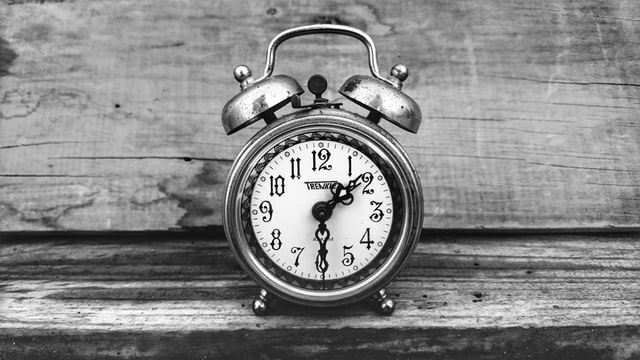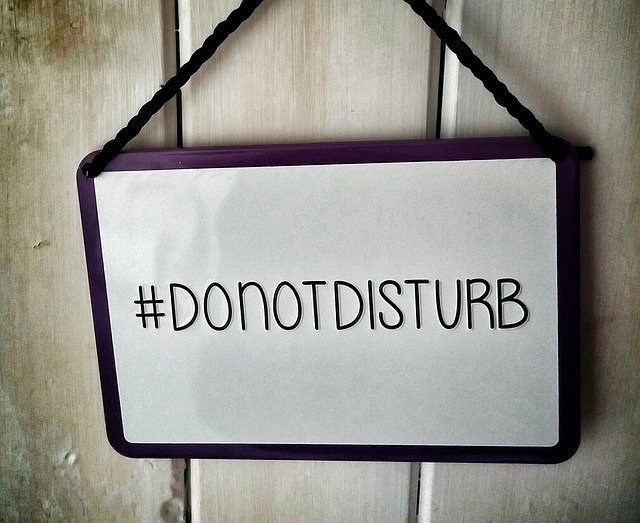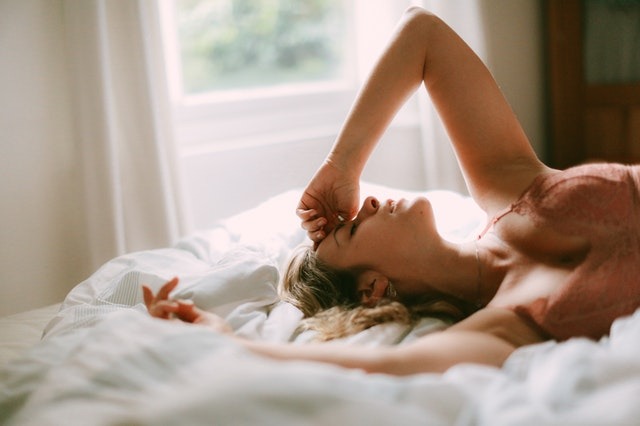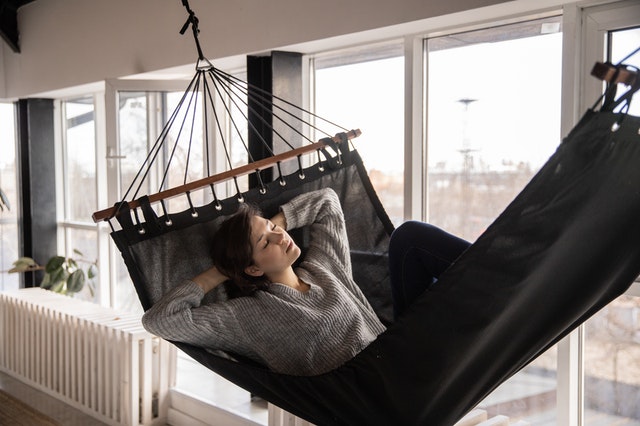Several studies have now made it clear that napping for productivity actually works. However, many people do it wrong. Some wake up feeling more tired and unproductive (including me in the past), while others don’t notice a difference at all. But they only need to know the right way to do it. This tutorial shows you the best power napping tips and the things to avoid for greater productivity.
Tips for Power Napping
The following is a list of power napping tips that are beneficial for greater productivity.
Keep it short
There are different types of naps, but the power nap, also known as the CEO nap, is short. It takes just 15 to 30 minutes. This enables you to get enough shut-eye to reboot without going into a deep sleep to make you groggy.
Nap during optimal hours

Napping when you aren’t tired or when it’s almost time for bed is a recipe for grogginess. I usually find it better to nap after lunch – when I’ve been awake for more than seven hours. According to the National Sleep Foundation, the best time to nap is during the mid-afternoon hours, mostly from 2 p.m to 3 p.m. Depending on your lifestyle, be sure to not nap within three or four hours before bedtime.
Create a nap-friendly environment
Napping doesn’t come easily anywhere. You have to ensure sleep-friendly surroundings when you’re power napping for productivity. You can do this with the following strategies:
- Ensure your napping space is comfortable.
- Keep the environment cool.
- Darken the room or wear a sleep mask to avoid light which would keep you alert.
- Consider listening to white noise to dampen ambient noises.
Lastly, you don’t even have to be in your bed to get a good power nap.
Eliminate interruptions

Depending on your environment, you know common things that may cause interruptions. Find remedies before napping – before the sleep interruption kills your productivity. When I’m taking a nap, I turn on the “do not disturb” mode and shut my door so that everyone knows I can’t accommodate any chat or disturbance of any kind.
Set an alarm
To get the right among of sleep, set an alarm. Try different timelines below the maximum of 30 minutes and choose the best nap time for you. I usually fall asleep 10 to 15 minutes after I lie down, so I set my alarm to ring after 35 minutes.
What to Avoid When Power Napping
The following is a list of things to avoid when you’re power napping to increase your productivity.
Power napping when not tired

Sometimes what you need is a break and not a nap, but some people insist on napping even when they aren’t tired. For instance, after working lightly for two hours following a good night’s sleep, napping may make you more tired than you were initially because you didn’t need a nap anyway.
Freelancing nap time
Different nap times result in different results, and lying down for an unset timeline will mostly leave you waking up groggy and tired. I used to do this and would sometimes try to raise my hand but fail because I’d gotten into a deep sleep. This frustrated me until I learned to time my power naps.
Stressing yourself to sleep

This is one of the mistakes I used to do as well. I’d lie down expecting to sleep because I’m tired. But sleep wouldn’t engulf me entirely. I’d keep fretting about it until I realized one thing – when I’m resigned myself to not sleeping, I still felt refreshed. The way to overcome this is to close your eyes and relax. You’ll still feel rejuvenated, and maybe losing that stress over it will make you fall asleep.
Giving up on power naps after a few trials
Like meditation and many other things that take time to master, you’ll find many people claiming, “I’m just not a napping person.” Yet, they stay unproductive due to fatigue and sleepless nights. The problem is, they give up way before their bodies get used to napping. Don’t make the same mistake. It takes time to attain consistent successful power naps.
Substituting a good night’s sleep with power naps

For some people, certain circumstances can’t afford them optimal sleep at night. However, others neglect their sleep cycles knowing that they can get a productivity boost with a power nap during the day. Don’t be the second person. Sleep deprivation is a productivity nightmare. Even if you are power napping in the day, it’ll take a toll on your well-being and ultimately, your productivity.
Closing Thoughts
Power napping is sometimes essential. It reduces stress, enhances cognitive performance, and improves memory. Power napping also serves as a way to deal with little sleep while retaining productivity. However, it has its pitfalls, especially when you practice the bad habits of power napping outlined above. Instead, use the best tactics and master power napping for productivity.
Which tactic do you use to get the most out of power napping? Let’s chat in the comment section below!

